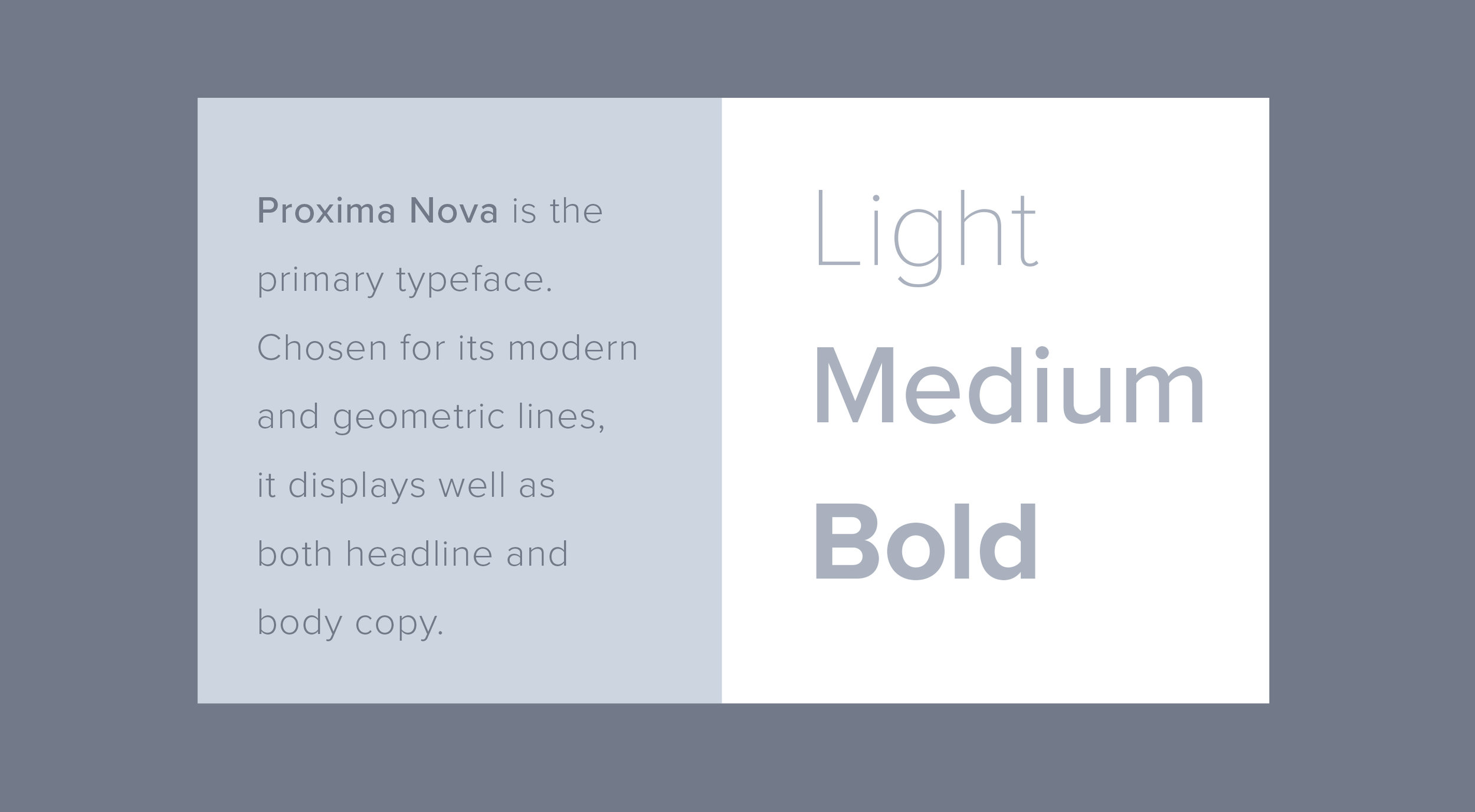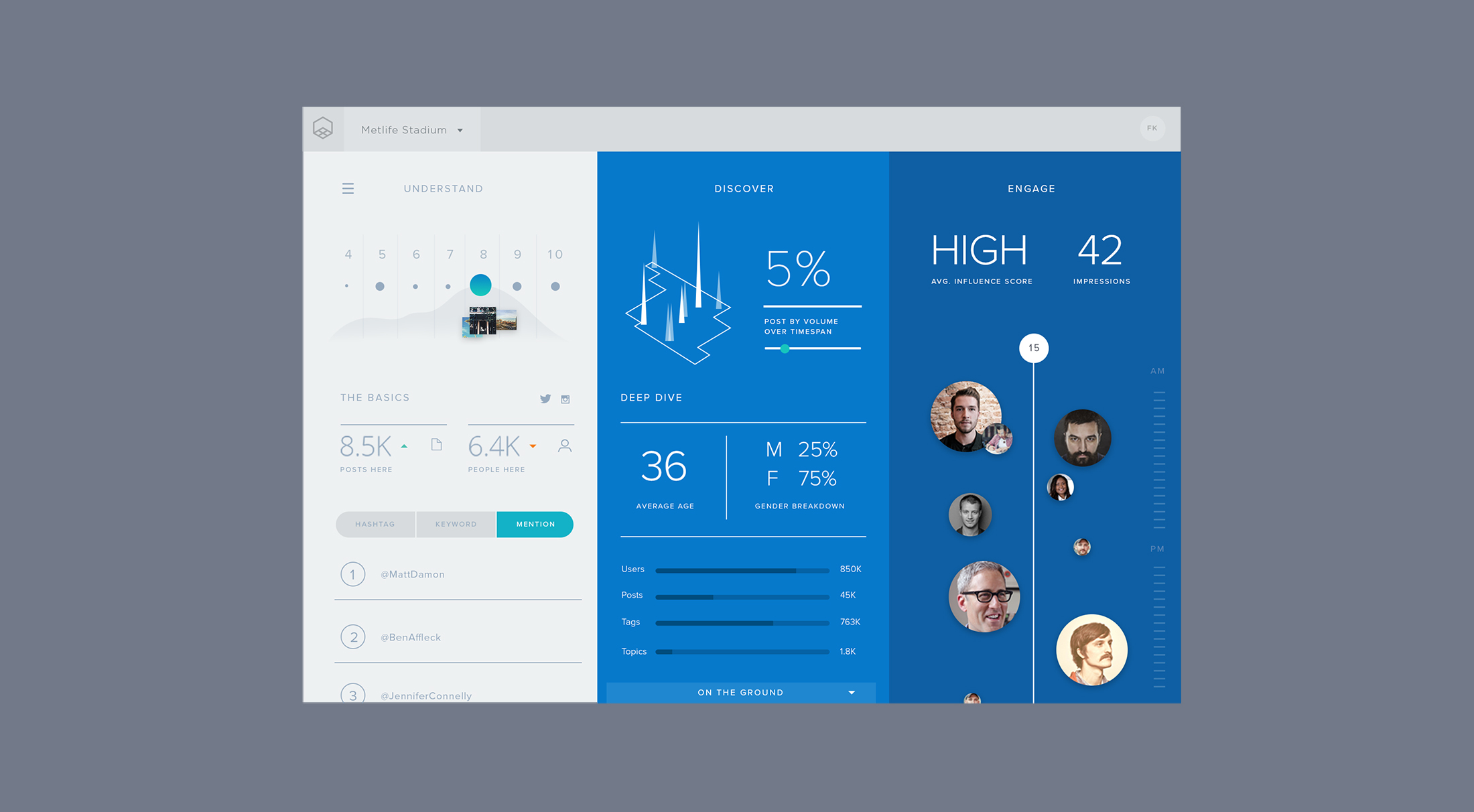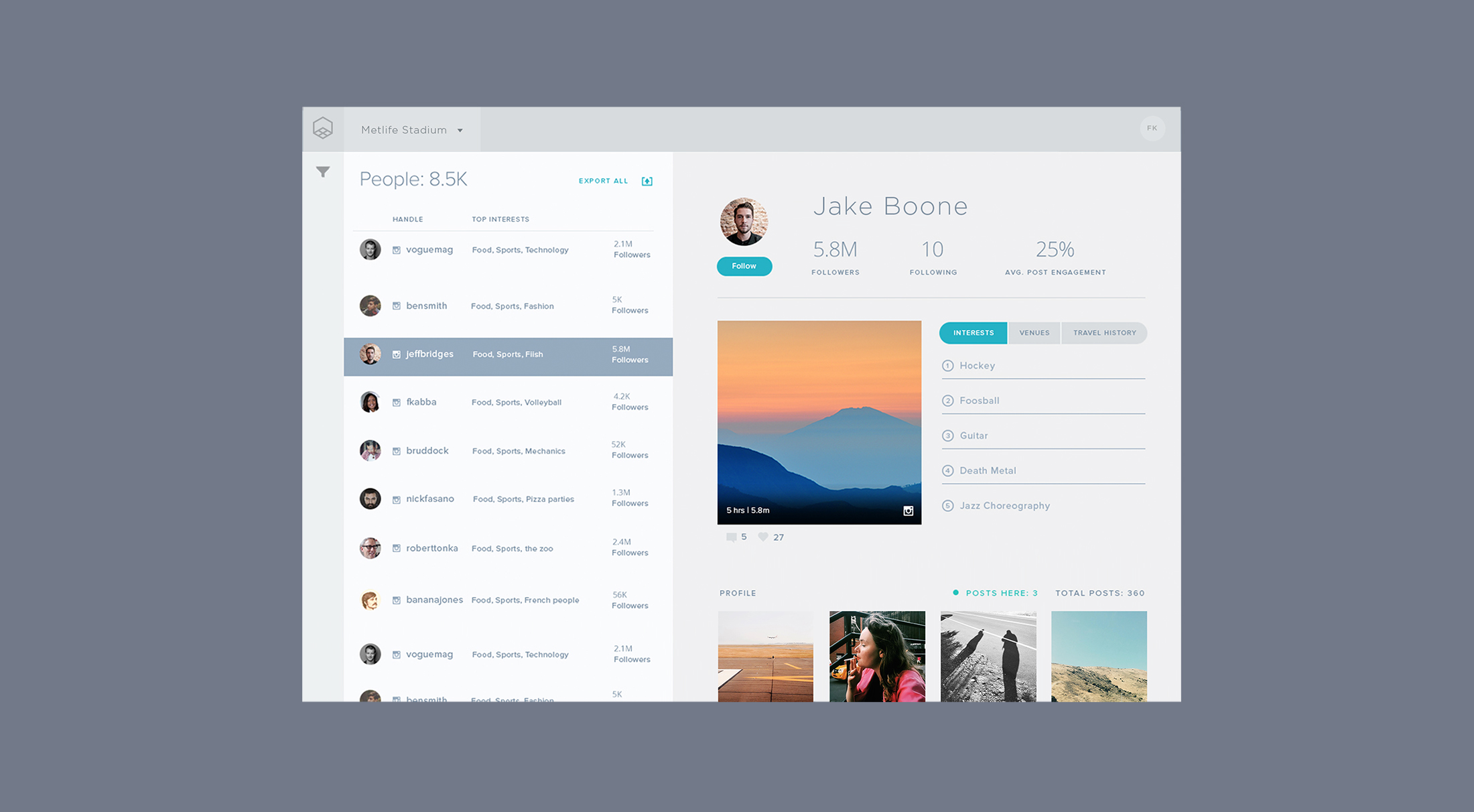Ground signal
Visual Design, Interaction Design, Writing, Strategy
Ground Signal is a geo-spatial social tool that uses the lens of location to help users understand how spaces and the people who occupy them evolve over time. Initially a consumer tool, the team pivoted to turn the proprietary technology into a robust enterprise platform.










